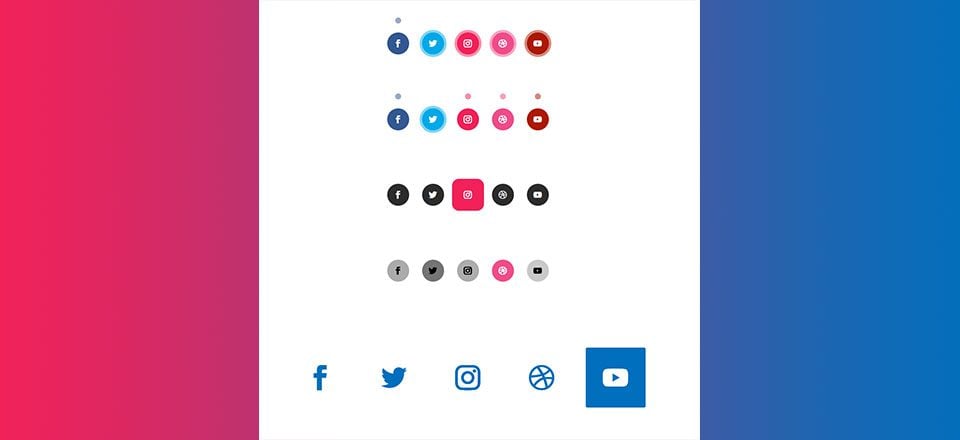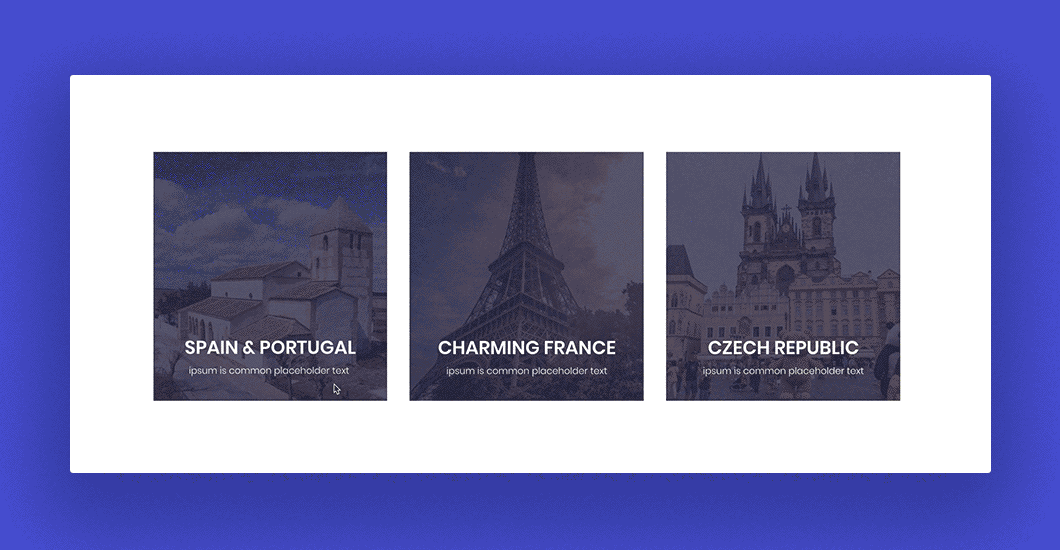
It also comes with a visual editor to make it easier for you to create the page. It is a page builder plugin for WordPress just like Elementor (Elementor is the most popular WordPress page builder). In case you haven’t known about Divi Builder. If you have a WordPress-based website built with Divi Builder, you can effortlessly add a hover effect to an element on your page. One of which is that you can add a hover effect to a certain element on the page. The url() function takes the location of an XML file that specifies an SVG filter, and may include an anchor to a specific filter element.There are a lot of ways to make a web page on your website looks more attractive. Values over 100% provides super-saturated results.ġ00% will make the image completely sepia. The opacity-level describes the transparency-level, where:ġ00% (1) is default and represents the original image (no transparency).Ġ% (0) will make the image completely un-saturated.ġ00% is default and represents the original image. 0deg is default, and represents the original image.ġ00% will make the image completely inverted. The value defines the number of degrees around the color circle the image samples will be adjusted. If not specified, the color depends on the browser (often black).Īn example of creating a red shadow, which is 8px big both horizontally and vertically, with a blur effect of 10px:Ġ% (0) is default and represents the original image.ġ00% will make the image completely gray (used for black and white images).Īpplies a hue rotation on the image. Note: Chrome, Safari and Opera, and maybe other browsers, do not support this 4th length it will not render if added.Ĭolor – Optional.

If not specified, it will be 0 (the shadow will be the same size as the element). Positive values will cause the shadow to expand and grow bigger, and negative values will cause the shadow to shrink. This is the fourth value, and must be in pixels. If no value is specified, 0 is used (the shadow’s edge is sharp).

A larger value will create more blur (the shadow becomes bigger and lighter). This is the third value, and must be in pixels. Negative values place the shadow above the image.īlur – Optional. Specifies a pixel value for the vertical shadow. Negative values place the shadow to the left of the image. Specifies a pixel value for the horizontal shadow.

Values over 100% will provide results with more contrast.ĭrop-shadow(h-shadow v-shadow blur spread color)Īpplies a drop shadow effect to the image. Values over 100% will provide brighter results.ġ00% (1) is default, and represents the original image. A larger value will create more blur.ġ00% (1) is default and represents the original image. –background-filter and –background-hover-filter options: FilterĪpplies a blur effect to the image. –background-transform and –background-hover-transform options: Valueĭefines a 2D transformation, using a matrix of six valuesĭefines a 3D transformation, using a 4×4 matrix of 16 valuesĭefines a translation, using only the value for the X-axisĭefines a translation, using only the value for the Y-axisĭefines a 3D translation, using only the value for the Z-axisĭefines a scale transformation by giving a value for the X-axisĭefines a scale transformation by giving a value for the Y-axisĭefines a 3D scale transformation by giving a value for the Z-axisĭefines a 2D rotation, the angle is specified in the parameterĭefines a 2D skew transformation along the X- and the Y-axisĭefines a 2D skew transformation along the X-axisĭefines a 2D skew transformation along the Y-axisĭefines a perspective view for a 3D transformed element


 0 kommentar(er)
0 kommentar(er)
